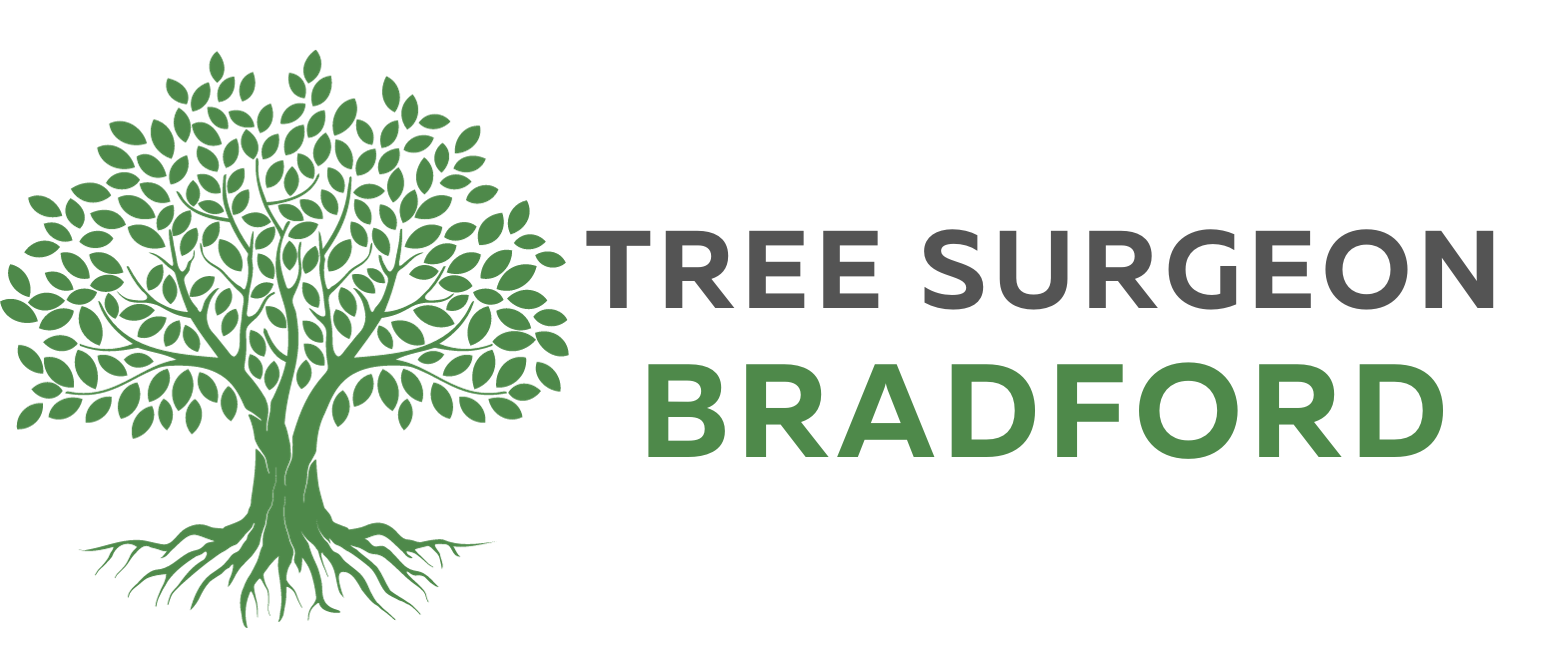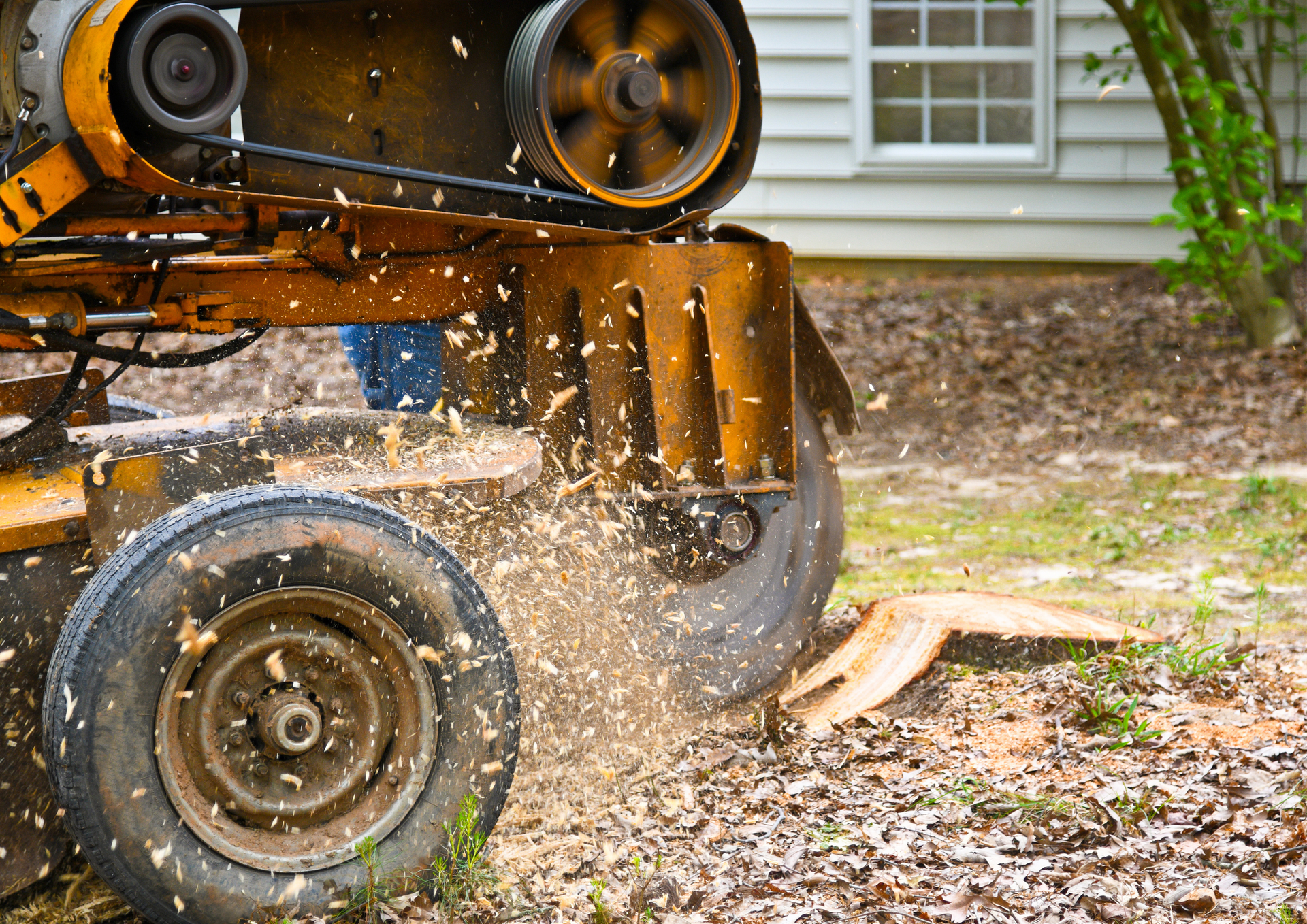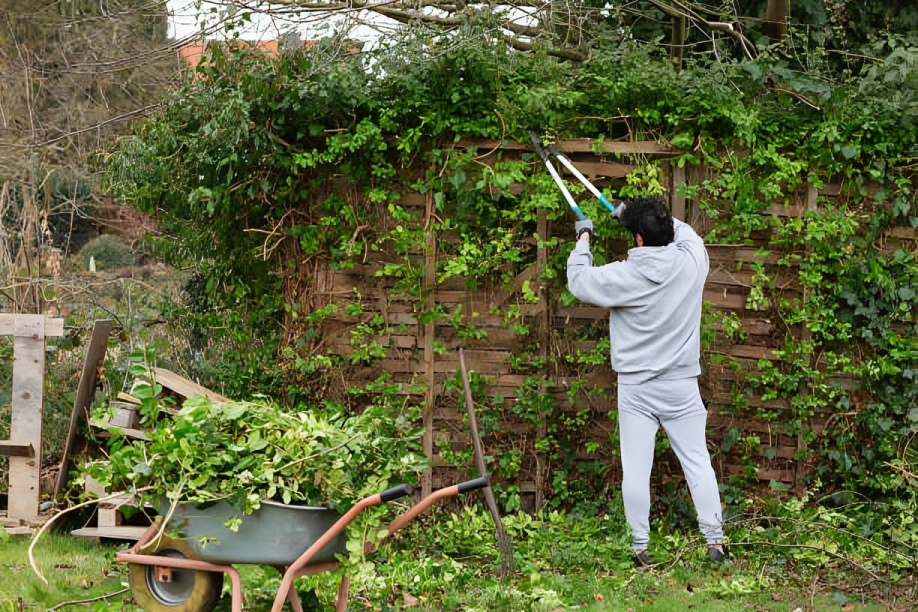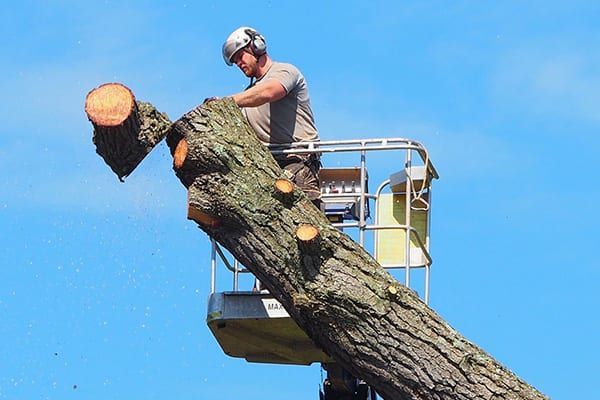Diagnosing and Treating Tree Diseases and Pests
Trees are invaluable assets to our environment, providing shade, oxygen, and aesthetic beauty to our landscapes. However, like all living organisms, trees are exposed to diseases and pests. Early diagnosis and effective treatment are crucial in maintaining the health and longevity of trees. This comprehensive guide will explore the common diseases and pests affecting trees, their diagnosis, and the best treatment practices. It will also emphasise the importance of professional tree surgery in managing tree health.
Common Tree Diseases and Their Symptoms
1. Dutch Elm Disease
Dutch Elm Disease is a fungal infection caused by Ophiostoma species and transmitted by bark beetles. It primarily affects elm trees, causing wilting, yellowing of leaves, and eventual death if left untreated.
Symptoms:
- Yellowing and wilting of leaves
- Dark streaks in the wood under the bark
- Gradual dieback of branches
2. Ash Dieback
Caused by the fungus Hymenoscyphus fraxineus, Ash Dieback affects ash trees, leading to leaf loss, bark lesions, and dieback of the crown.
Symptoms:
- Blackened leaves that may wilt
- Lesions and cankers on the bark
- Dieback of shoots and branches
3. Chestnut Blight
This disease, caused by Cryphonectria parasitica, affects chestnut trees, resulting in cankers on the bark and girdling of the tree, which can lead to death.
Symptoms:
- Orange or brown cankers on the bark
- Sunken or swollen bark areas
- Wilting and dying of branches above the canker
Common Tree Pests and Their Symptoms
1. Emerald Ash Borer
The Emerald Ash Borer (Agrilus planipennis) is an invasive beetle that targets ash trees. Its larvae feed on the inner bark, disrupting the tree's ability to transport water and nutrients.
Symptoms:
- Thinning and yellowing of the canopy
- D-shaped exit holes in the bark
- S-shaped larval galleries under the bark
2. Asian Longhorned Beetle
This beetle (Anoplophora glabripennis) infests hardwood trees, creating large exit holes and causing significant structural damage.
Symptoms:
- Large, round exit holes in the bark
- Sawdust-like frass at the base of the tree
- Dieback of branches and limbs
3. Aphids
Aphids are small, sap-sucking insects that can cause significant damage to various tree species by feeding on their leaves and stems.
Symptoms:
- Curling, yellowing, and distortion of leaves
- Sticky honeydew on leaves and branches
- Presence of sooty mould on the honeydew
Diagnosis of Tree Diseases and Pests
Accurate diagnosis is the first step in managing tree diseases and pests. Here are some methods used by tree surgeons to diagnose these problems:
1. Visual Inspection
A thorough visual inspection of the tree can reveal symptoms such as leaf discolouration, bark lesions, and insect infestations.
2. Bark Sampling
Removing and examining a section of bark can help identify fungal infections or insect galleries.
3. Soil Testing
Soil tests can determine nutrient deficiencies or soil-borne pathogens affecting the tree's health.
4. Laboratory Analysis
Sending samples of affected tissue to a laboratory can confirm the presence of specific pathogens or pests.
Treatment Options for Tree Diseases and Pests
1. Chemical Treatments
- Fungicides: Used to manage fungal infections like Dutch Elm Disease and Ash Dieback.
- Insecticides: Applied to control pests such as Emerald Ash Borers and aphids.
2. Biological Control
Introducing natural predators or parasites can help control pest populations. For example, certain wasp species can parasitise aphids.
3. Cultural Practices
Proper tree care practices, such as regular watering, mulching, and pruning, can enhance the tree's natural defences against diseases and pests.
4. Mechanical Control
Physically removing infected branches or pests can prevent the spread of diseases and infestations. Tree surgery is often required for this approach.
The Role of Tree Surgeons in Tree Health Management
1. Expert Diagnosis
Tree surgeons are trained to identify diseases and pests accurately. Their expertise ensures that the correct treatment is applied promptly.
2. Safe and Effective Treatment
Arborist and tree surgeons have access to professional-grade chemicals and equipment, ensuring treatments are applied safely and effectively.
3. Preventative Care
Regular inspections and maintenance by an arborist tree surgeon can prevent diseases and pests from becoming severe problems.
4. Emergency Response
In cases of severe infestation or disease outbreak, tree surgeons can provide immediate intervention to save the tree or prevent the spread to other trees.
Protecting trees from diseases and pests is essential for maintaining healthy landscapes. Early diagnosis and effective treatment are critical in managing tree health. By understanding the common symptoms and treatment options, tree owners can take proactive steps to protect their trees. However, the expertise of a professional tree surgeon is invaluable in ensuring the health and longevity of trees.
At Tree Surgeon Bradford, we pride ourselves on our expertise and commitment to tree health. Our team of certified tree surgeons in Bradford is dedicated to providing top-notch diagnosis, treatment, and maintenance services. With our comprehensive knowledge and state-of-the-art equipment, we ensure that your trees receive the best care possible. Choose us for reliable, professional, and effective tree surgery services.
Check out our latest GBP update about how certified
tree surgeons diagnose and treat tree diseases and pests.



